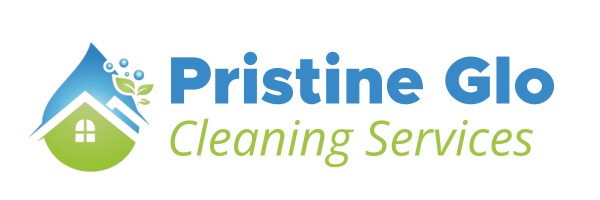Office Cleaning 101
Introduction
The cleanliness and organization of your office space play a crucial role in shaping the work environment. A tidy workspace not only contributes to a positive and professional image but also fosters productivity and employee well-being. In this blog post, we’ll delve into the essentials of office cleaning, providing a comprehensive guide to create a workspace that inspires productivity and efficiency.
- The Impact of a Clean Office
- First Impressions Matter
- A clean and well-maintained office leaves a positive first impression on clients, visitors, and employees. It conveys professionalism and attention to detail.
- Employee Morale
- A tidy workspace positively influences employee morale. A clutter-free and organized environment creates a more pleasant atmosphere, contributing to a sense of pride and job satisfaction.
- Establishing a Cleaning Routine
- Daily Cleaning Tasks
- Implement daily cleaning tasks to address immediate needs. Empty trash bins, wipe down surfaces, and vacuum high-traffic areas to maintain a baseline of cleanliness.
- Weekly Maintenance
- Schedule weekly maintenance tasks such as dusting, sanitizing shared surfaces, and cleaning communal areas. This prevents the buildup of dirt and ensures a consistently clean environment.
III. Common Office Cleaning Tasks
- Dusting and Sanitizing
- Regularly dust and sanitize surfaces, including desks, tables, and electronic equipment. Pay special attention to high-touch areas like doorknobs and light switches.
- Floor Maintenance
- Vacuum or mop floors regularly to keep them free of dust and debris. Consider professional carpet cleaning periodically to maintain a fresh and hygienic workspace.
- Kitchen and Breakroom
- Keep communal areas like the kitchen and breakroom clean and organized. Regularly clean appliances, sanitize surfaces, and encourage employees to clean up after themselves.
- Restrooms
- Maintain a high standard of cleanliness in restrooms. Stock essential supplies, regularly clean fixtures, and sanitize surfaces to promote a hygienic environment.
- Decluttering for Efficiency
- Paper Management
- Implement a paperless or organized paper management system to reduce clutter. Encourage employees to digitize documents when possible and establish a streamlined filing system.
- Desk Organization
- Promote a clutter-free workspace by encouraging employees to organize their desks. Provide storage solutions and encourage a minimalist approach to desk decor.
- Green Cleaning Practices
- Environmentally Friendly Products
- Opt for environmentally friendly cleaning products. Many green cleaning options are available that are effective, safe, and contribute to a healthier work environment.
- Energy-Efficient Practices
- Consider energy-efficient cleaning practices, such as using cold water for cleaning and turning off lights and equipment when not in use. This aligns with sustainability goals and reduces energy consumption.
- Employee Involvement
- Promote Clean Desk Policies
- Encourage a clean desk policy where employees are responsible for keeping their workstations organized and clutter-free. This fosters a culture of shared responsibility.
- Provide Cleaning Supplies
- Make cleaning supplies readily available for employees. Supplying sanitizing wipes, tissues, and hand sanitizer promotes a proactive approach to personal hygiene and cleanliness.
VII. Professional Cleaning Services
- Periodic Deep Cleaning
- Consider hiring professional cleaning services for periodic deep cleaning. Professionals have the expertise and equipment to address challenging tasks and maintain a high standard of cleanliness.
- Customized Cleaning Plans
- Work with professional cleaners to create a customized cleaning plan tailored to the specific needs of your office. This ensures that all areas are addressed efficiently.
VIII. Benefits of a Clean Office
- Enhanced Productivity
- A clean and organized office contributes to enhanced productivity. Employees can focus better when their surroundings are free of distractions and clutter.
- Reduced Sick Days
- Regular cleaning and sanitization contribute to a healthier work environment, reducing the spread of germs and illnesses. This, in turn, can lead to a decrease in employee sick days.
- Conclusion: Elevating Your Workspace
Maintaining a clean and organized office is not just about appearances; it’s about creating a workspace that promotes productivity, well-being, and a positive company culture. By implementing a thoughtful cleaning routine, involving employees in cleanliness practices, and considering professional cleaning services, you can elevate your workspace into a thriving hub of efficiency. A clean office is an investment in the success and satisfaction of both your employees and clients, creating an environment where productivity and professional excellence flourish.

